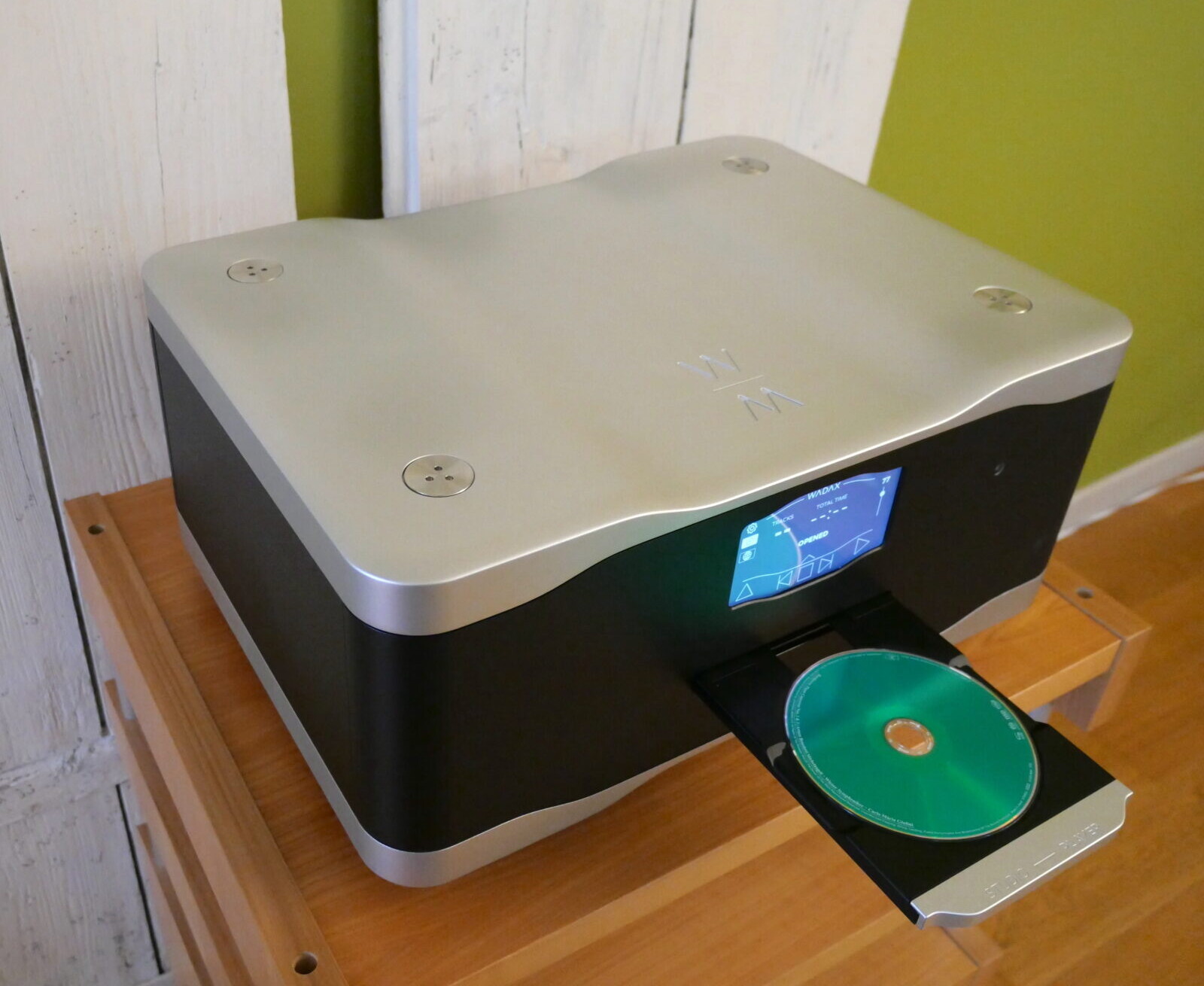
And therein lies the problem. On the one hand, price and reputation paint the Studio player as a high-end component: on the other, few products out there offer its sophistication, versatility or performance potential. There are streaming DACs aplenty, some of which (like the CH Precision C1.2) sit close to the Wadax in price, while others (like the Grimm MU2) are considerably cheaper. But none of those contain a disc transport. dCS fanboys will be clamouring to point out the existence of the equivalently priced Rossini player, but as a point of comparison that fails on several levels. Not only does it not play SACD, it sits so far to the opposite end of the sonic and musical spectrum as to defy meaningful comparison. It is everything digital that the Wadax isn’t – and vice versa.
The Wadax Studio Player really is one of a kind – at least in terms of price and ambition. Establishing its capabilities means comparing it to separate components of more limited scope and functionality. But what components are equivalent? How much value do we ascribe to each aspect of the Studio Player’s capabilities. I’m not really spilling the beans in saying that the Wadax challenges the performance of single function separates at around its price. But at some point, any such comparison falls down because the Studio Player simply does more for that price. Yet compare it we must, simply in order to establish where it sits in the great qualitative scheme of things. How high a high-end solution does it really offer? What it’s worth remembering is that dividing up the Studio Player and assessing the performance capabilities of its separate elements, we are not judging or ranking the product as a whole. That’s a whole different (far more personal, circumstantial and complicated) calculation.
Disc replay
With initial listening establishing just how impressive a performer the Studio Player is, I had no hesitation in reaching for the CH Precision D1.5 to assess its disc replay performance. It proved to be a more complex and long-winded exercise than I initially anticipated < https://gy8.eu/blog/think-piece/drawing-conclusions/>. But once I had established a level playing field, the results were fascinating…
With both players stable (in every sense of that term) it wasn’t hard to characterize either or define the differences between them. Discerning the musical significance of those differences wasn’t quite so easy. Taking each in turn: the D1.5 displayed its familiar poise, control, dynamic discrimination, note-to-note and spatial separation. This is one player that sets up a clearly defined soundstage and peoples it with carefully located, distinct images. In contrast, the Wadax is bigger, bolder, more fluid and demonstrative, with more vivid colours, greater body and presence, more energy and drive. It lacks the focus and transparency of the D1.5 as well as its absolute resolution, but it makes up for it in terms of overall musical shape and phrasing, it’s unforced sense of pace and momentum. There is an easy musicality to its presentation that is as engaging as it is entertaining. How do those differences play out when it comes to capturing the musical performance? Well, that depends on the performance, the performer and the nature of the music itself. I’ll start with three different pianists, three different formats and three very different pieces…

